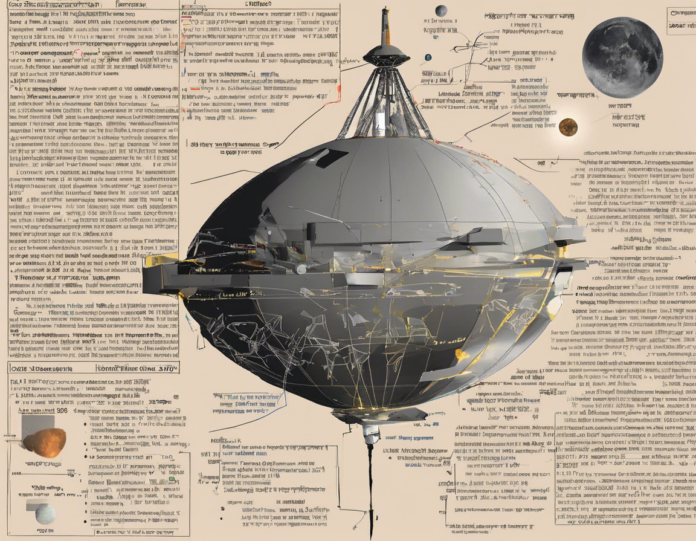India’s Chandrayaan 3 mission has been the talk of the town in the realm of space exploration. After the setbacks faced during Chandrayaan 2, the Indian Space Research Organisation (ISRO) is all set to redeem itself with the launch of Chandrayaan 3. This mission is crucial for not only India’s space exploration ambitions but also for scientific advancements and global collaboration in the field. In this report, we will delve into the details of Chandrayaan 3, its objectives, significance, and the technology it encompasses.
Objectives of Chandrayaan 3
Chandrayaan 3, India’s third lunar exploration mission, aims to build upon the successes of its predecessors while addressing the shortcomings encountered during Chandrayaan 2. The primary objectives of this mission include:
-
Soft-landing on the Moon: Chandrayaan 3 aspires to achieve a successful soft-landing on the lunar surface, a feat that eluded Chandrayaan 2.
-
Deploying a rover: The mission plans to deploy a rover on the Moon to conduct scientific experiments and gather crucial data.
-
Enhancing scientific research: Chandrayaan 3’s overarching goal is to enhance scientific research about the Moon, its composition, and its geology.
Significance of Chandrayaan 3
The Chandrayaan 3 mission holds immense significance for various reasons:
-
Technological prowess: The successful execution of Chandrayaan 3 will showcase India’s technological capabilities in space exploration and boost its reputation in the global space community.
-
Scientific insights: The data gathered by Chandrayaan 3 will contribute significantly to the global understanding of the Moon’s composition and geology.
-
Inspiring the youth: The mission serves as an inspiration for the youth of India and the world, encouraging them to pursue careers in STEM (Science, Technology, Engineering, and Mathematics) fields.
Technology Involved in Chandrayaan 3
Chandrayaan 3 incorporates a myriad of cutting-edge technologies to facilitate its mission objectives. Some of the key technologies utilized in this mission are:
-
Lander and Rover: The mission will involve the development and deployment of a highly sophisticated lander and rover system to explore the lunar surface.
-
Communication systems: Advanced communication systems are crucial for ensuring seamless data transmission between the spacecraft and Earth.
-
Navigation and control systems: Precision navigation and control systems are essential for guiding the spacecraft during various stages of the mission, including the descent and landing phases.
-
Payload instruments: Chandrayaan 3 will be equipped with state-of-the-art scientific instrumentation to conduct in-depth analyses of the lunar surface.
Frequently Asked Questions (FAQs)
Q1: When is the launch of Chandrayaan 3 scheduled?
A1: The launch of Chandrayaan 3 is expected to take place in late 2022 or early 2023.
Q2: What are the primary differences between Chandrayaan 2 and Chandrayaan 3?
A2: Chandrayaan 3 aims to address the shortcomings of Chandrayaan 2 by focusing on a successful soft-landing and deploying a rover.
Q3: Which organization is responsible for the Chandrayaan 3 mission?
A3: The Indian Space Research Organisation (ISRO) is leading the Chandrayaan 3 mission.
Q4: What are the scientific objectives of Chandrayaan 3?
A4: Chandrayaan 3 aims to enhance scientific research about the Moon’s composition and geology through data collection and analysis.
Q5: How will Chandrayaan 3 benefit India’s space exploration ambitions?
A5: Chandrayaan 3 will showcase India’s technological prowess in space exploration and contribute valuable data to the global scientific community.
In conclusion, Chandrayaan 3 represents a significant milestone in India’s space exploration journey. With its ambitious objectives, cutting-edge technology, and potential scientific discoveries, this mission has the potential to make a substantial impact on our understanding of the Moon and beyond. As we eagerly await the launch of Chandrayaan 3, the entire world anticipates the success of this groundbreaking mission.


